Unlock Instant Process Insights: QPR ProcessAnalyzer Now on Snowflake Marketplace
We’re excited to announce that QPR ProcessAnalyzer is now available on the Snowflake Marketplace. As the only process mining software worldwide with native...
Process Mining
Modeling & Management
Insights & Inspiration
Guides & E-Books
Get Started with QPR
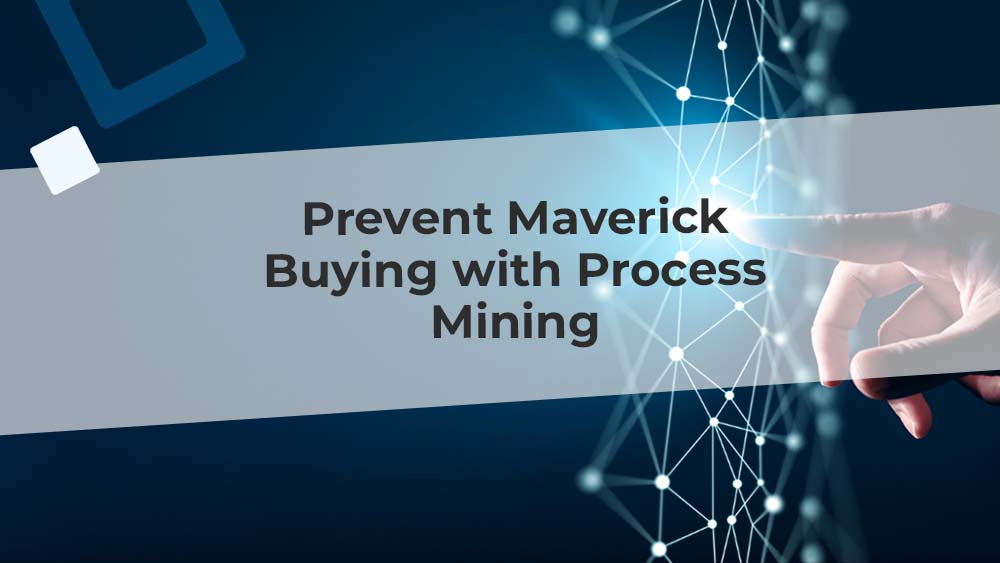
The world of business revolves around a very simple idea – we provide products and services in exchange for monetary compensation from our current and future customers. In our pursuit to keep our customers happy and increase revenue, we must make sure that we have all the right materials in the right quantities at the right time - every time - to ensure that our supply chain works frictionlessly. Typically, to ensure the stability of the supply chain and decrease material costs, companies establish partnerships with reliable suppliers through contract agreements.
However, from time to time, situations arise where people cut corners and make purchases outside of the formal process - this is known as Maverick Buying.
Maverick buying refers to the unauthorized purchase of goods or services by an individual within an organization, outside of the usual channels or procedures. This type of buying can lead to higher costs and decreased control over the procurement process, as well as issues with the organization's negotiated contracts and relationships with suppliers.
A Finance department may receive an invoice without a PO attached to it, which prompts the following questions: Where did this come from? Who are the people that sent us this invoice? Where do I begin looking into this?
My answer? Investigate the data in your ERP system to find answers to all your questions.
In this blog, I will walk you through how you can use QPR ProcessAnalyzer and the Process Mining methodology (read: what is process mining) to dive into the wealth of insights inside the readily available data in your ERP systems.
With these insights, you will be able to catch purchases made outside of the formal process and pick up on the quick wins regarding a systematic decrease in costs related to unauthorized purchases.
Typically, there are three ways to define Maverick Buying in the Purchase-to-Pay process.
1) The purchase has been made through pre-approved suppliers, but outside the correct purchasing process.
2) The purchase has been made through the correct purchasing process, but from suppliers that do not have a delivery agreement with the company.
3) The worst: The purchase has been made from non-contract suppliers while circumventing the entire purchasing process.
Most typically, Maverick buying means that a PO item has been created AFTER goods have been ordered and billed by the supplier. When managing the cash flow of your Purchase-to-Pay processes, either locally or globally, Maverick buying will give you a headache.
Firstly, there is the potential extra cost and loss of quality from buying materials from the wrong suppliers. Another trouble is figuring out WHY there is all of a sudden an invoice that was never approved in the first place through a Purchase Order – investigating this costs both time and money to the company.
Process Mining can be defined as a methodology for transforming raw ERP transactional data into powerful process insights, through automated calculations based on your event logs. The transactional data can be extracted from any data source, e.g. SAP or Oracle.
There are up to 6 steps you can take to gain insights into your as-is Purchase-to-Pay process and the Maverick Buying behavior:
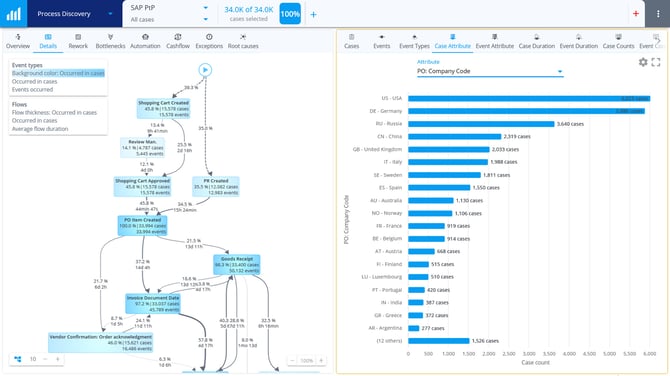
With Process Discovery, you can start gaining an understanding of how your purchasing processes operate across different parts of the organization. Through the power of filtering, you can do further drill-downs on any particular purchasing teams, vendors, contributors, long lead times, cases with changes, and anything else you would like to take a closer look at.
The automatically generated flowchart and the other charts are dynamically changing to reflect your selection - whatever that selection is. This can give you highly powerful insights into your processes and is easy to do with just a few clicks.
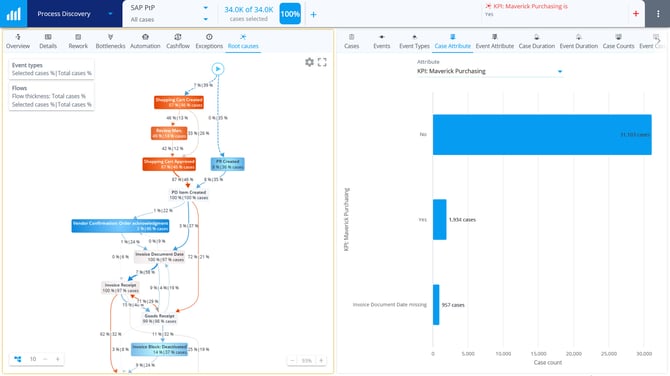

You can use dynamic dashboards to gain a high-level understanding of how common Maverick Buying is in your organization and how this behavior has changed over time.
Understanding the high-level trend in how frequent Maverick Buying is and how much capital has been invested into unauthorized purchases is a great starting point for further investigations.

With a variety of possible visualizations, you can break down the information into more manageable chunks to see how many POs there are in different parts of the company, what is the value of purchases, at what rate Maverick Buying is happening, and identify the low hanging fruits for savings through process improvement.
You can do this assessment from any attribute angle in your data, eg. Company code, vendor, materials, purchasing organization, and anything you can think of. You can create filter rules from all tables and charts to dynamically change all charts in the whole dashboard for further insights.
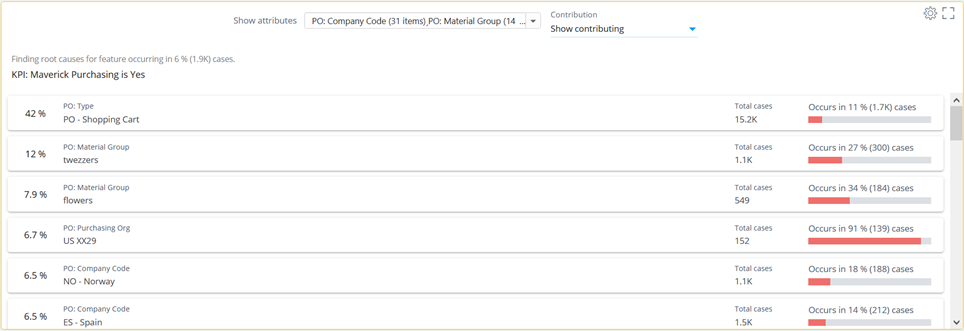
The root cause analysis is a powerful tool for ranking and identifying which Case Attribute Values (eg. PO: Type: PO – Shopping Cart) impact the Maverick Buying rate the most.
For example, we can see from the picture above that when a Purchase Order is associated with materials twezzers or flowers, roughly 1 out of 3 times the purchase has been done through Maverick Buying, which is clearly above the overall average Maverick Buying rate of 6%.
With this information, you can take a closer look at the problematic cases by applying a couple of additional filter rules.
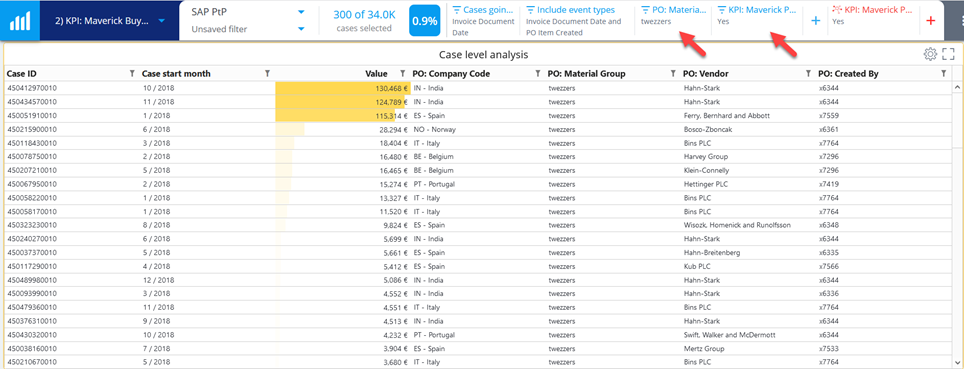
With some filtering, you can gain insights on individual cases, which you might want to take a closer look at: for example by picking the Case ID, which you can check out in your source system for more information.
By the way, do you notice how we have now narrowed down roughly 34 thousand cases to mere 300 cases with just a couple of clicks and filter rules?
Together, we have gone through a journey from the massive amount of semi-messy data to the golden nuggets of insights that we are highly interested in. I do not know about you, but if I was the Purchase-to-Pay Director, I would certainly have a chat with the Purchaser associated with employee ID x6344 on the topic of why the person has ordered twezzers from Hahn-Stark several times in the total value of (at least) 270 000€ without producing a Purchase Order BEFORE receiving the invoice? From the process point of view, this can be highly problematic and needs to be addressed with corrective actions.
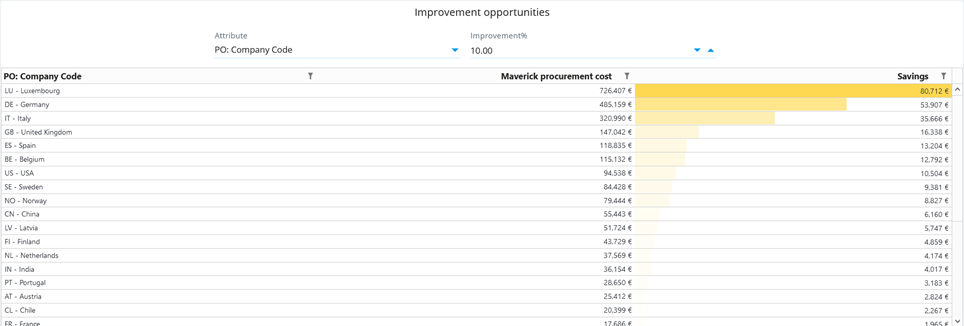
Finally, you can make rough estimations on how much savings you can make by making improvements in Maverick Buying, for example by cutting the Maverick Buying rate by 10%.
With this view, it is possible to identify the low-hanging fruits and where the highest ROI for a Maverick Buying improvement initiative is.
In summary, Process Mining is a methodology for transforming raw ERP transactional data into powerful process insights through automated calculations based on your event logs.
Together, we have gone through the journey of discovering our as-is Purchase-to-Pay process, dissected data from high-level information all the way to individual cases, gained insights on the root causes of Maverick Buying, and estimated how much savings can be made by making process improvements in the right places.
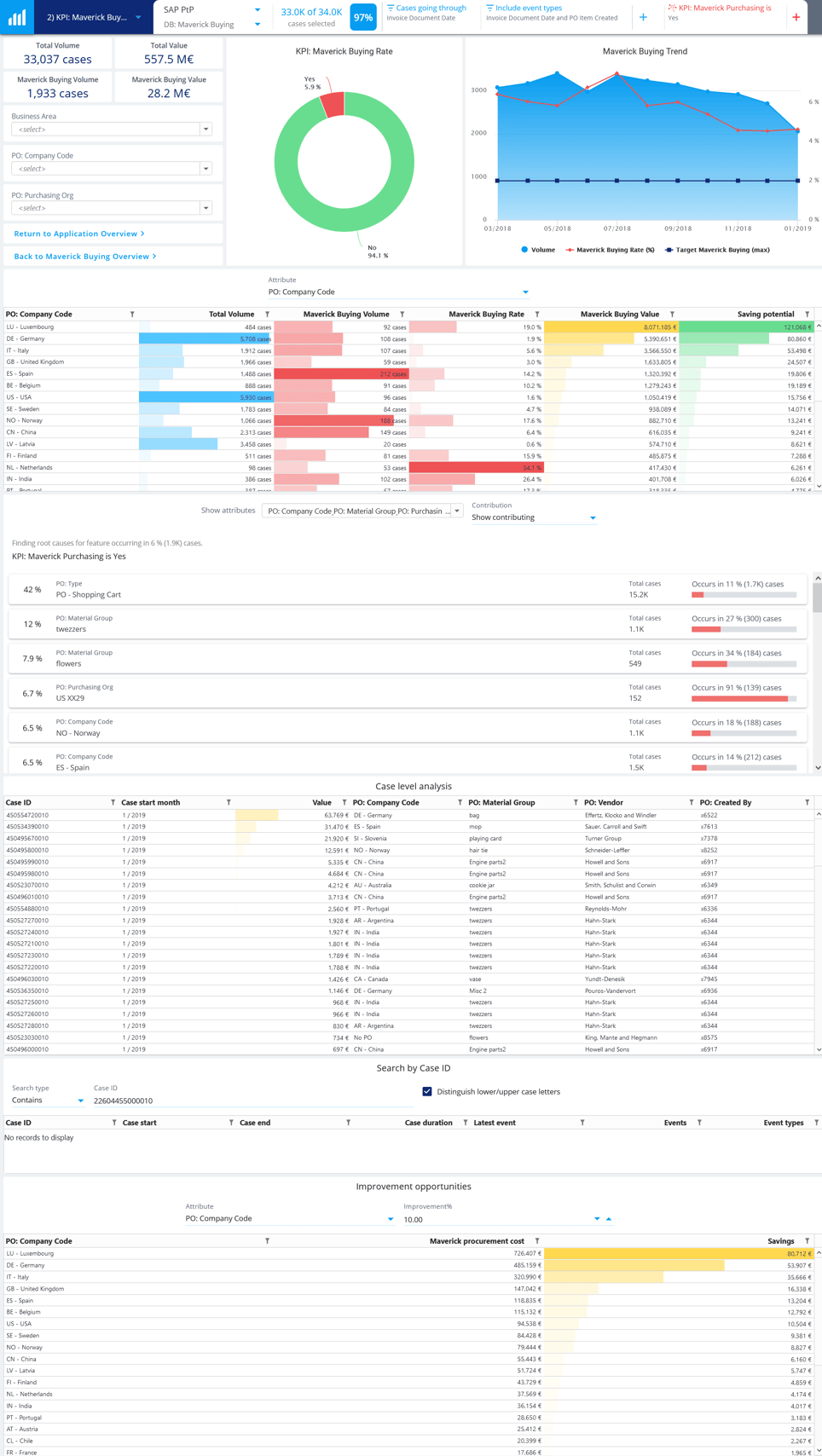
This is just one example of the power of meaningful insights you can gain from your ERP event logs through Process Mining. QPR ProcessAnalyzer can be connected to any major ERP system and Process Mining can be applied to any process!
Any questions? Ask me below or schedule a demo with one of our friendly process mining experts.
Business Development Specialist passionate about process excellence, process mining and story telling. Always looking for new angles to process understanding and tackling the most complex business challenges of the day.

We’re excited to announce that QPR ProcessAnalyzer is now available on the Snowflake Marketplace. As the only process mining software worldwide with native...

QPR Software's decision to power its process mining solution with the Snowflake Data Cloud has recently received a warm welcome in the US market. This...

In today’s data-driven world, businesses are constantly seeking innovative ways to optimize their operations. Process mining stands out as a transformative...
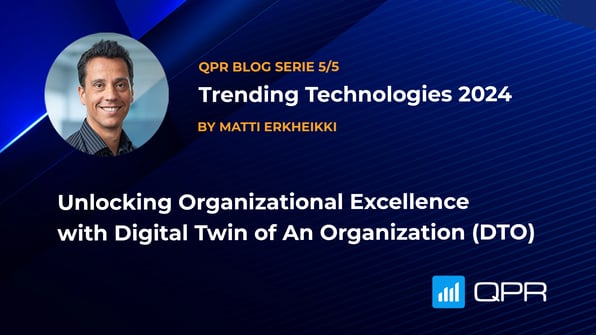
What would you do if you had a digital replica of your business operations? Imagine being able to peer into every corner of your organization, analyze...
